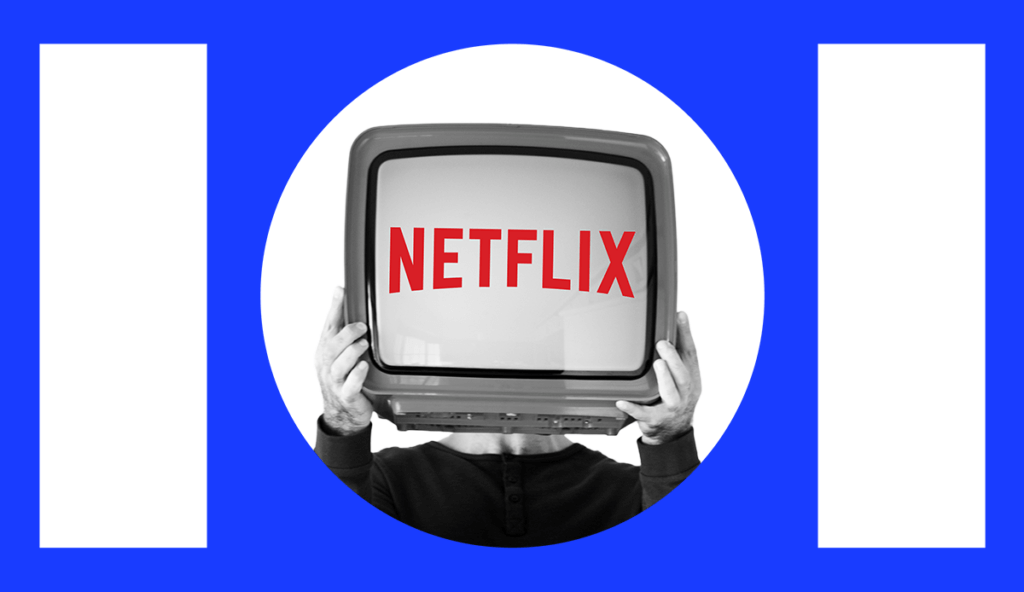
by Bridget Hall, Group Account Director, M+C Saatchi Performance
Why consider Uber advertising?
Uber is part of a new ad trend that has exploded onto the advertising landscape in the past five years. This trend has seen companies strategically create their own ad networks (think Netflix, Walmart, Target, Home Depot, Lyft, etc), taking advantage of their first-party data and monetizing their audiences as a new revenue source.
Apple’s App Tracking Transparency (ATT) privacy regulations ignited this trend and helped make first-party data from these companies even more appealing to advertisers. Uber has also made headlines lately after announcing a partnership with Instacart, which appears to be an attempt to steal market share from DoorDash.
This article will briefly cover the advertising opportunities available via Uber, for example, ad placements, audience targeting options, and the opportunities on offer thanks to the recent Instacart partnership.
Ad Placements available on Uber
Uber is touting several different video and display options that advertisers can capitalize on, such as;
- Via the Uber Rider App
- Via Uber Eats
- Via In-car tablets
Available audience targeting options
Advertisers can target audiences based on factors such as;
- Behavior
- Location
- Occasions (for example, concerts, events, venues, and neighborhoods).
- Personas based on lifestyle (for example, students, sports fans, commuters
- Purchase history from Uber Eats.
Advertising across these placements allows brands to reach on-the-go audiences with the potential to personalize creative messaging based on the user persona. Uber Journey ads can capture consumers’ attention before and during a ride, with ad units tailored to drive either brand awareness or purchases. The diversity of ad formats on Uber Eats has grown impressively, with some available exclusively via a direct IO and some offered via Criteo.
The Instacart and Uber Partnership
With Uber’s recent partnership with Instacart, the addressable audience available for advertisers just got bigger. From late May to July 24, Instacart users nationwide can use the Instacart App to order from hundreds of thousands of restaurants powered by Uber Eats.
Offers run in Uber Eats will also automatically appear in Instacart. Sponsored Listings run in Uber Eats will also automatically bid for Uber Eats feed places in the Instacart app at no additional cost to advertisers.
A consideration
Like all emerging channels, building into a robust testing framework is advisable. Uber will most likely appeal to advertisers with on-the-go audiences looking for convenience, for example, sports and music fans. Understanding the media mix and where Uber sits within a potential media plan is important as Bridget points out;
“If you are looking for scalable user acquisition, Uber may be more difficult than broad online video or display strategies on the open web. However, this partnership with Instacart expands Uber’s audience size and allows brands to tap into Uber personas based on valuable first-party data.”
Bridget Hall, Group Account Director
Tips for getting started with Uber advertising:
- Deploy unique messaging based on your target audience and test different lengths of video and numerous video concepts.
- Create a sense of urgency or FOMO, and include a clear CTA if you are directing riders to your mobile app or website.
- Ensure your branding and logo are visible while sharing an easy-to-absorb message.
- Test betas include the “send to email” feature on the in-car tablet, which allows brands to use email interactivity to stay connected with their target audience.
- Test a flight length of three to four weeks minimum to optimize performance.
- Integrate measurement partners to analyze results beyond impressions and CTR (for example, Uber works with Singular and Appsflyer and offers post-campaign surveys to measure brand lift).
- Measure your results against benchmarks and optimize accordingly. Uber advertising campaigns can drive an average CTR of 3.0% and +2 minutes of time spent viewing. Results will vary based on targeting, ad formats, and vertical.
Potential Future Innovation for Uber Advertising:
- Shoppable Display: While not yet live, Roku has alluded to the fact that this is on their product roadmap and could benefit many verticals, particularly advertisers looking to drive sales and purchase KPIs.
- Programmatic Access: Uber inventory is available via Criteo, TradeDesk, Yahoo, and Dv360. Specifically, Journey Ads are in alpha testing and available via PMP. Advertisers can purchase 100% share of voice tactics as customers travel to and from their destination.
In summary
Uber has gained traction and driven revenue by rolling out ad opportunities. The latest earnings report shows an impressive callout: Uber’s Adjusted EBITDA increased 83% YoY. Improvement was primarily driven by the delivery part of the business, which had higher volumes and increased advertising revenue. The initial success has led to Uber expanding ads running via the in-car tablets (now rebranded as JourneyTV) nationally across 40 markets in the US.
Contact us to discuss the potential of Uber advertising or how the M+C Saatchi Performance team can help you meet your media KPIs.

